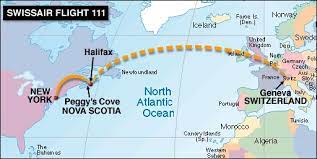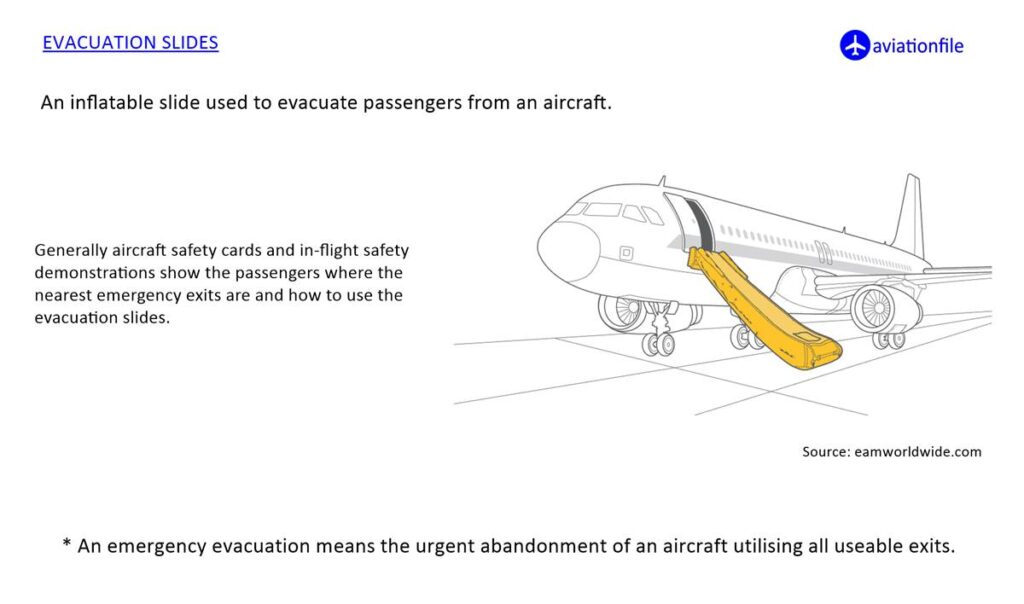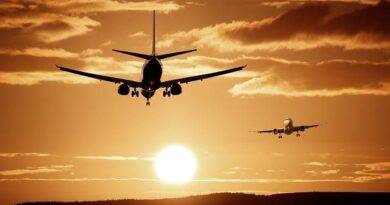Understanding On-Board Fires in Aviation: Real Examples, Importance, and Precautions
On-board fires in aviation are serious incidents that can jeopardize the safety of passengers, crew, and the aircraft itself. Understanding the causes, recognizing the signs, and taking appropriate precautions are crucial for mitigating the risks associated with these fires. In this article, we will explore what on-board fires are, provide real examples, discuss their importance, and outline essential precautions to enhance aviation safety.
What is an On-Board Fire?
An on-board fire refers to a fire that occurs inside an aircraft during flight or while on the ground. It can originate from various sources, such as electrical malfunctions, overheating components, flammable materials, or even external factors like lightning strikes. The severity of an on-board fire can range from minor incidents that can be quickly controlled to catastrophic events that pose a significant threat to the aircraft and its occupants.
Real Examples of On-Board Fires
Swissair Flight 111 (1998): A fire caused by an electrical short circuit in the cockpit wiring led to the crash of Swissair Flight 111 off the coast of Nova Scotia, Canada. The crew’s inability to control the fire due to smoke and loss of critical systems resulted in the loss of all 229 lives on board.

British Airways Flight 2276 (2015): An engine fire erupted during takeoff from Las Vegas due to a catastrophic failure. The crew successfully evacuated all passengers, but the incident highlighted the need for rapid response and effective fire suppression systems.
Importance of Addressing On-Board Fires
Safety of Passengers and Crew: The primary concern in any on-board fire situation is the safety of everyone on board. Prompt identification and control of the fire can prevent injuries or casualties and provide a safer environment for evacuation, if necessary.
Protection of the Aircraft: Fires can cause extensive damage to vital aircraft systems and structures, compromising the aircraft’s airworthiness. Detecting and extinguishing fires promptly can minimize damage and potential loss of the aircraft.
Preventing Secondary Hazards: On-board fires can generate toxic fumes and smoke, which can impair visibility, damage critical equipment, or cause respiratory distress. Quick response and effective evacuation measures can help minimize the risk of secondary hazards.

Precautions and Mitigation Measures
Robust Fire Detection Systems: Modern aircraft are equipped with advanced fire detection systems, including smoke detectors, heat sensors, and fire suppression equipment. Regular maintenance and testing of these systems are crucial to ensure their proper functioning.
Crew Training and Emergency Procedures: Comprehensive training programs for flight crews cover procedures for detecting, reporting, and responding to on-board fires. Crew members must be proficient in handling fire extinguishers, emergency evacuations, and communicating effectively with passengers during such incidents.
Enhanced Fire Suppression Systems: Aircraft are equipped with fire suppression systems, such as fire extinguishers, fire bottles, and halon systems. Regular inspections and maintenance of these systems are essential to ensure their readiness.
Improved Material Selection: Advancements in materials technology aim to reduce the flammability of materials used in aircraft construction. Implementing fire-resistant materials and ensuring adherence to stringent safety standards during manufacturing can help minimize the risk of fires.
On-board fires in aviation are significant threats that demand attention and preparedness. Through diligent maintenance, crew training, and the use of advanced fire detection and suppression systems, the aviation industry continues to prioritize safety and mitigate the risks associated with on-board fires. By raising awareness, implementing precautions, and learning from past incidents, we can work together to ensure safer skies for all.
References:
- Swissair Flight 111. (n.d.). Retrieved from https://en.wikipedia.org/wiki/Swissair_Flight_111
- British Airways Flight 2276. (n.d.). Retrieved from https://en.wikipedia.org/wiki/British_Airways_Flight_2276
- Featured image source: https://www.bbc.com/news/world-us-canada-34193767


